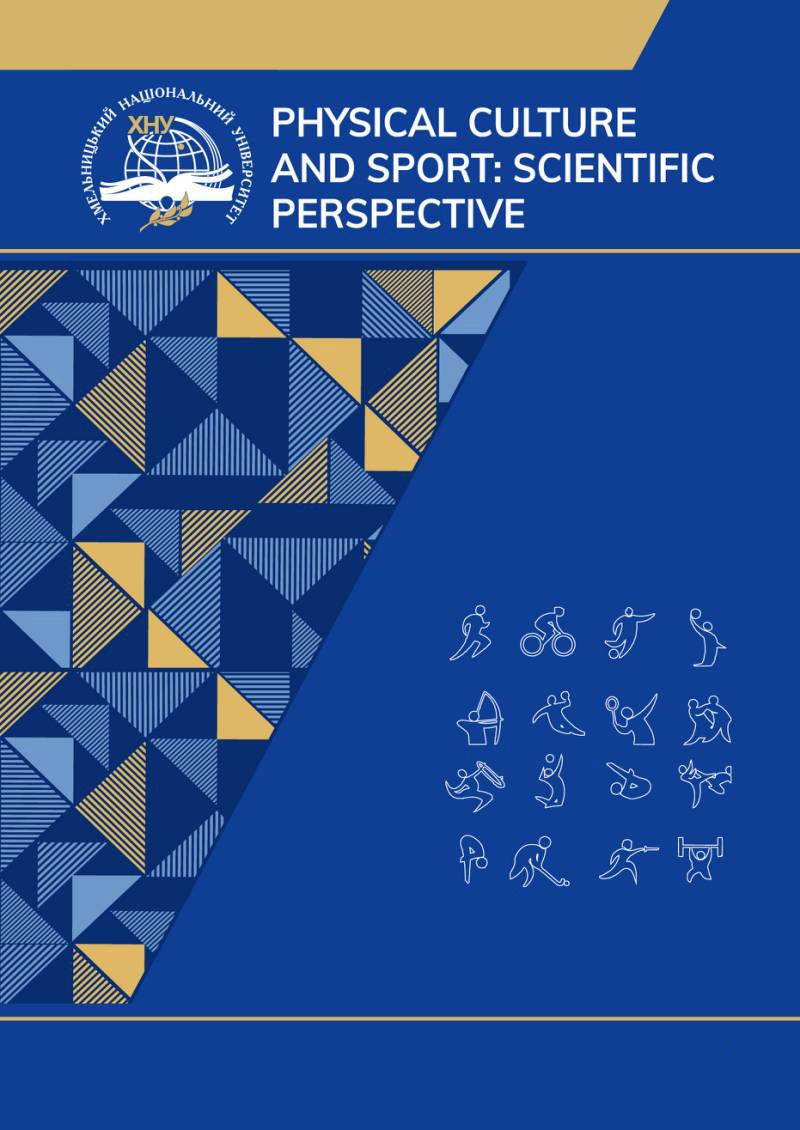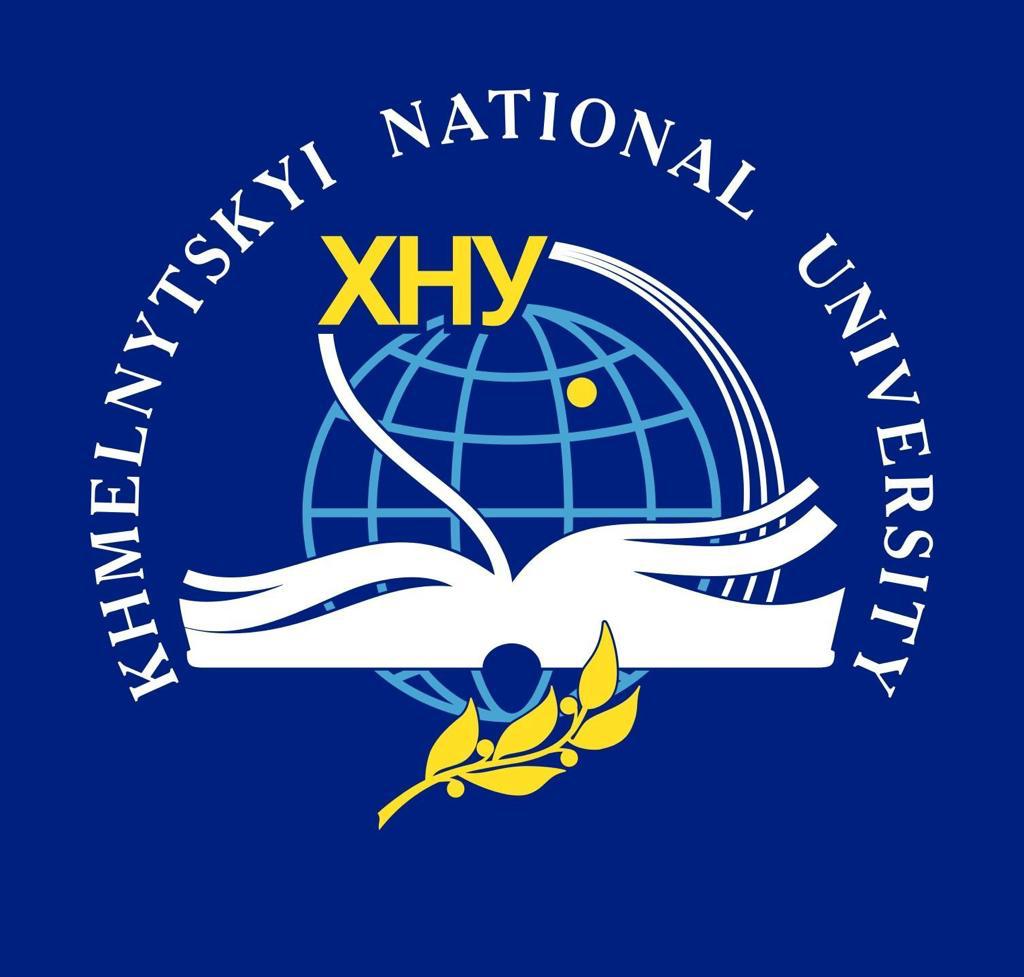PHYSIOLOGICAL ASPECTS OF RESCUE OPERATIONS
DOI:
https://doi.org/10.31891/pcs.2024.1.67Keywords:
trainer, load, competition, control, physiological aspectsAbstract
The aim of training is to optimize the body's functions and develop specific exercise adaptation, which is why the trainer must have knowledge in the field of physiology and biochemistry, without which he is unable to conduct training in a controlled and intentional manner. Knowledge on this subject allows him not only to quickly respond to changes in the athlete's body, but also to select appropriate training to shape a safe rescue operation. To move the body in space, a person needs energy, the only direct source of which is ATP - adenosine triphosphate, but there is very little of this compound stored in the body and therefore it needs to be constantly supplemented, especially in such a dangerous situation as saving a human life. Organizing training so as to mainly shape aerobic and anaerobic endurance requires the trainer to know the anaerobic threshold, also known as the lactate threshold, for each athlete. This is the threshold beyond which anaerobic processes play a more important role in providing energy than aerobic processes. Methods for determining this threshold should take into account individual differences in muscle fiber composition and current metabolic adaptation. By planning your training better, you can adapt your body to the extreme efforts that occur during a rescue operation.
References
Cochen R.C.Z., Clery P.W., Mason B. (2010). Improving Understanding of Human Swimming Using Smoothed Particle Hydrodynamics, Proceedings of 2010 Singapore IFMBE, 6th World Congress of Biomechanics (WCB 2010). Vol. 31, 174–177.
Costill D.L. (1978). Adaptations in skeletal muscle during training for sprint and endurance swimming., In B. Eriksson & B. Furberg, (Eds.), Swimming Medicine IV (pp. 233-248). Baltimore: University Park Press. 43-46.
Diachenko-Bohun, M., Hrytsai, N., Grynova, M., Grygus, I., Muszkieta, R., Napierała, M., Zukow, W. (2019). Characteristics of Healthbreakers in the Conditions of Realization of Health-Safety Technologies in Education Structures. International Journal of Applied Exercise Physiology, 8(3.1), 1-8.
Espinosa, H.G., Lee Jim, James, D.A. (2015). The inertial sensor: A base platform for wider adoption in sports science applications, Journal of Fitness Research. 4, 1:13-20.
Kashuba V., Stepanenko O., Byshevets N., Kharchuk O., Savliuk S, Bukhovets B., Grygus I., Napierała M., Skaliy T., Hagner-Derengowska M., Zukow W. (2020). The Formation of Human Movement and Sports Skills in Processing Sports-pedagogical and Biomedical Data in Masters of Sports. International Journal of Human Movement and Sports Sciences, 8(5): pp. 249–257.
Lavrin G.Z., Sereda I.O., Kuczer T.V., Grygus I.M., Zukow W. (2019). The Results of Student’s Survey on Models of Physical Education in Universities and Motivations to Encourage for Active Participation in Physical Education. International Journal of Applied Exercise Physiology. VOL. 8 (2). 140-143.
Maglischo E.W. (2003) Swimming Fastest. Human Kinetics, Champaign, 123-129.
Mihăilescua L., Dubiţb N. (2015). Contributions for programming and implementing an evaluation instrument of the swimming technique correctness: Social and Behavioral Sciences.
Moska W., Skalski D., Makar P., Kowalski D. (2018). Trening zdolności motorycznych w pływaniu, (Swimming motor skills training) PSW w Starogradzie Gdańskim, Satrogard Gdański. 132-135.
Nesterchuk N., Grygus I., Ievtukh M., Kudriavtsev A., Sokolowski D. (2020). Impact of the wellness programme on the students’ quality of life. Journal of Physical Education and Sport ® (JPES), Vol 20 (Supplement issue 2), Art 132 pp 929–938.
Savliuk S., Kashuba V., Vypasniak I., Yavorskyy A., Kindrat P., Grygus I., Vakoliuk A., Panchuk I., Hagner-Derengowska M. (2020). Differentiated approach for improving the physical condition of children with visual impairment during physical education. Journal of Physical Education and Sport ® (JPES), Vol 20 (Supplement issue 2), Art 136 pp 958–965.
Swim England Safe Supervision of Programmed Swimming Sessions. (2017).
Zhan J.M., Li T.Z., Chen X.B., Li Y.S., Onyx Wai W.H. (2014). 3D numerical simulation analysis of passive drag near free surface in swimming, China Ocean Eng., Vol. 29(2).





